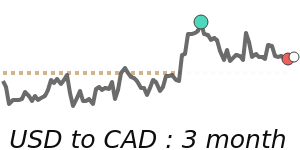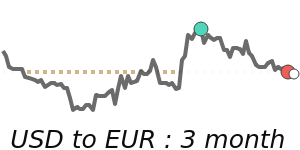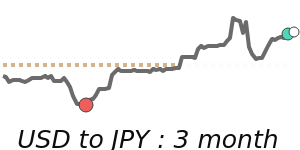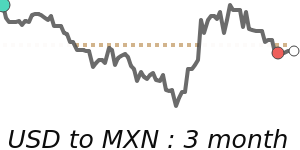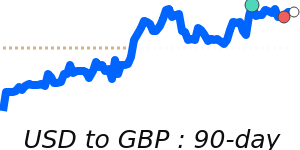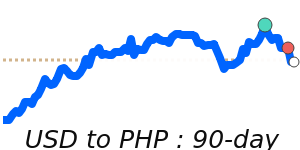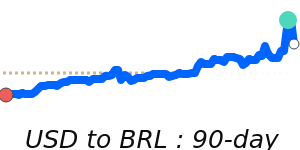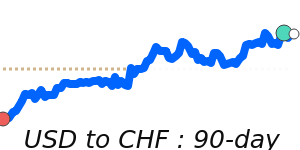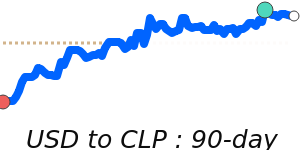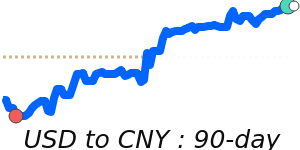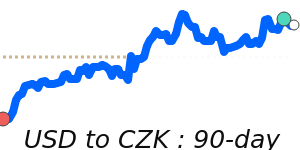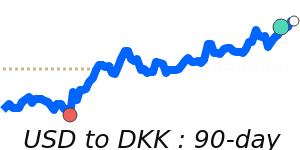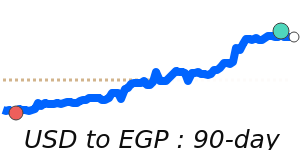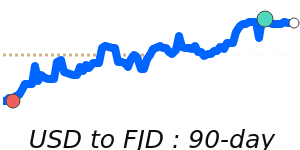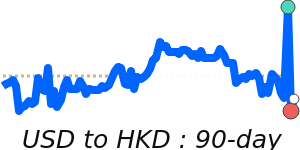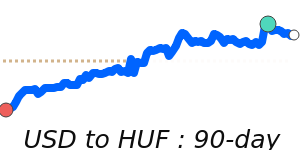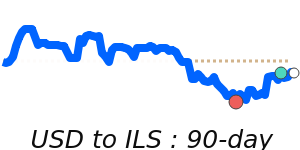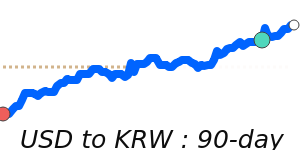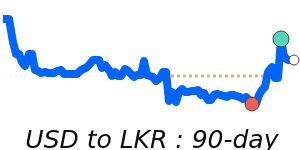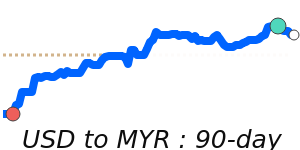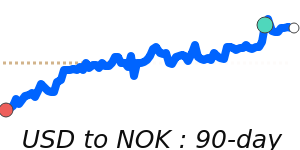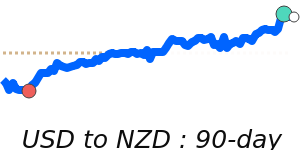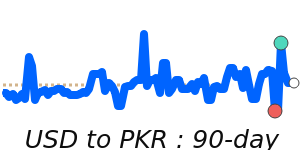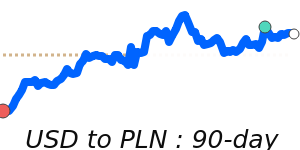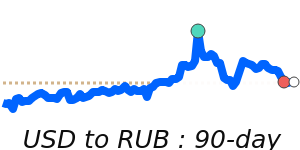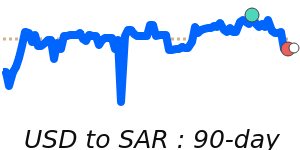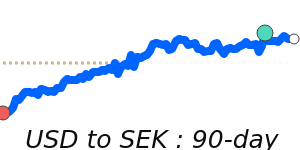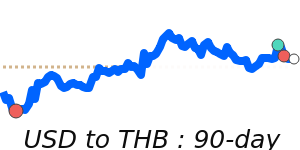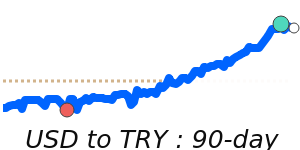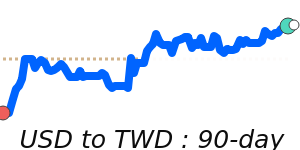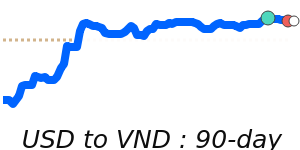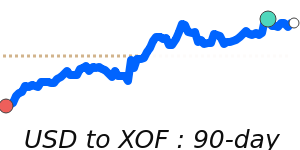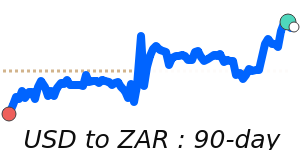The US dollar (USD) continues to experience downward pressure, recently hitting multi-month lows amid shifting market sentiments fueled by the Federal Reserve's dovish stance and growing expectations of aggressive rate cuts in 2026. Analysts note that the Fed's rate cut has prompted traders to bet on a series of cuts beginning as early as March–June, which diminishes the USD's yield advantage compared to other currencies.
Recent economic indicators present a mixed picture for the US economy. While jobless claims surged to a three-month high, suggesting potential labor market strain, unemployment rates remain historically low, complicating the Fed's decisions regarding monetary easing. The combination of slowing growth in consumer spending and manufacturing PMIs alongside resilient labor data underscores a challenging economic landscape that may weigh on the dollar.
In the currency pairs of interest, the USD to EUR has fallen to 60-day lows around 0.8516, just 0.8% below its 3-month average of 0.8589, maintaining a stable trading range from 0.8426 to 0.8711. The USD to GBP has also slipped to 30-day lows near 0.7466, slightly below its 3-month average of 0.751, while the USD to JPY trades at 155.5, over 2.0% above its 3-month average of 152.5.
Moreover, as global risk sentiment improves and major currencies stabilize, pressures on the DXY are expected to continue. Analysts indicate that the relationship between stronger equity markets and a weaker USD is becoming evident, highlighting a correlation where lower safe-haven demand reduces USD strength. The current equity rally within the S&P 500 could further hinder the dollar's upside.
Another factor to consider is the volatility in oil prices, with OIL to USD at 61.55, which is 4.5% below its 3-month average and has exhibited a wide range of 15.0% between 60.96 to 70.13. Fluctuations in oil prices can influence the euro, which may further impact USD valuations as well.
In the immediate term, traders should watch for upcoming CPI and PCE data, as softer prints could reinforce expectations for rate cuts and exert additional downward pressure on the USD. Conversely, stronger data may delay these expectations and allow for a potential bounce in the dollar. Overall, the outlook for the USD remains cautious, with various economic, fiscal, and geopolitical factors at play that could influence its trajectory in the coming weeks.
